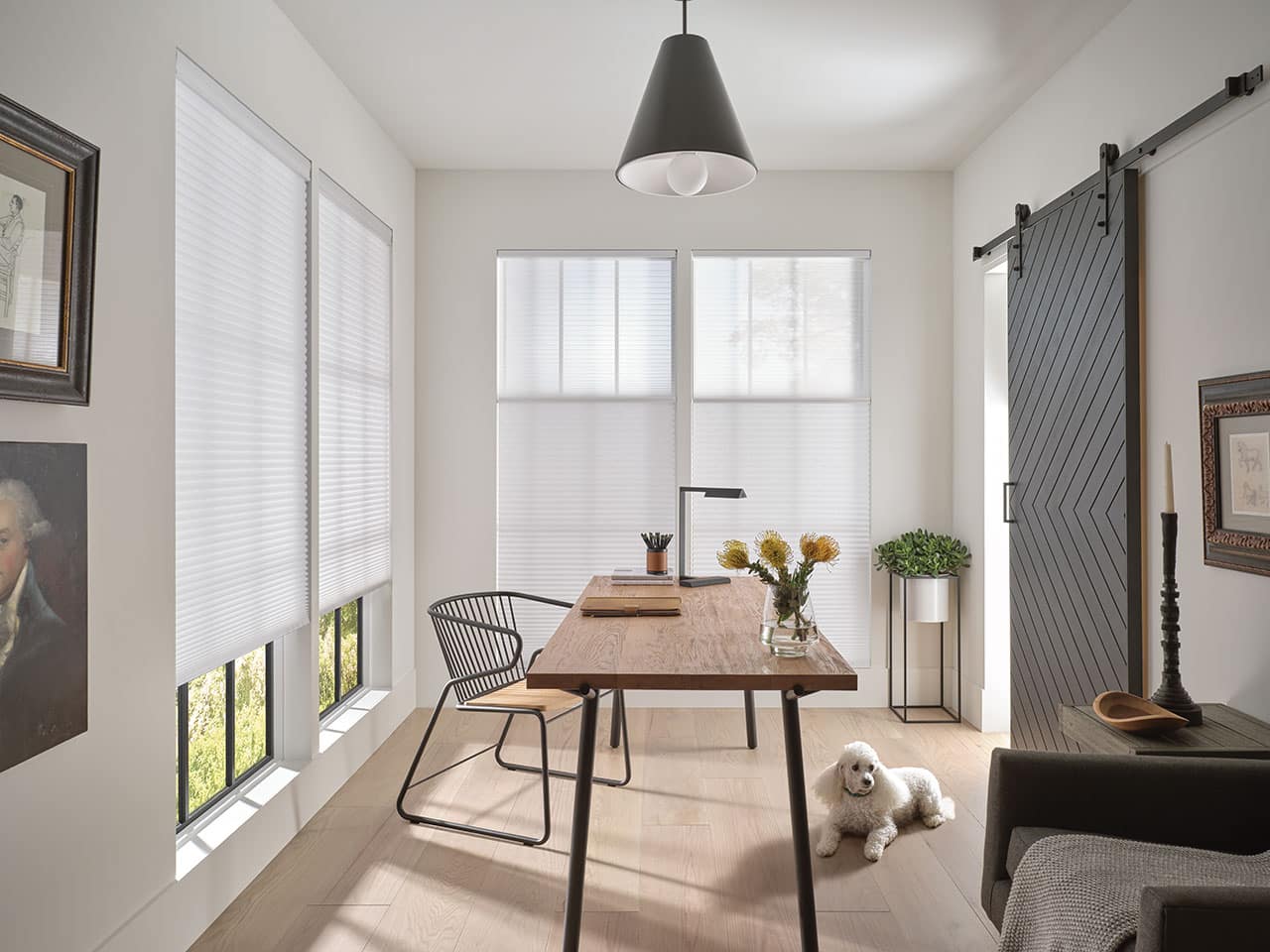Spring unfurls slowly in Central Oregon, leaving many of us hungry for fresh greenery—both for our senses and our dinner plates. Fortunately, cultivating an indoor garden can satisfy those cravings all year long. Today’s indoor gardens are more than a few scattered houseplants. They are creative design elements that merge aesthetics with health, and blend culinary delights into interior design.

nature, relocated
With a growing season that barely stretches from summer solstice to fall equinox, Bend’s climate challenges traditional gardeners. Moving the garden indoors solves that problem, without requiring much real estate. Vertical wall gardens, kitchen tower systems or clusters of beautiful potted plants allow gardeners to maintain the best light and growing conditions, no matter the season. If the allure of year-round fresh veggies and greens isn’t enough, bringing the garden inside has additional benefits.
Indoor gardens are like nature, relocated. Just as a walk in the woods boosts mood and mental health, living among indoor plants lowers stress and increases creativity. Those organic colors and textures complement the clean lines of modern décor, but that pop of lushness adds more than visual interest. According to NASA, indoor plants scrub chemicals from the air as they process carbon dioxide into oxygen. Aloe, ivy, lilies and snake plants boost air quality and remove toxins that off-gas from carpets and building materials.
Indoor gardens for foodies
Foodie gardeners begin with their favorite herbs: chives, cilantro, basil and oregano all grow well indoors. Every kitchen garden should include microgreens, too—sprouts of kale, arugula or spinach with their first true leaves. Microgreens add an intense bite of flavor and a punch of nutrients to salads and sandwiches. Harvest them early, or let leafy greens mature and snip full leaves as needed. Deeper pots can hold baby carrots, radishes and beets while their feathery tops add dimension to the garden.
In northern latitudes, even the sunniest windowsill won’t provide enough light for indoor edibles, which need fourteen to sixteen hours of sunlight. Fluorescent and LED grow bulbs provide full-spectrum light without the heat of incandescent bulbs; the ballasts and cords tuck into garden shelving or tower systems for a tidier look. Complete growing systems range from small countertop options to vertical towers with pockets for dozens of plants. Some systems use a growing medium for soil; others go totally dirt-free and feed the plants with nutrient rich water.

Living walls: The ultimate indoor garden
Succulents, bromeliads, aromatic ground covers and reindeer moss … oh my! Vertical gardens bring life to empty walls and transform bland spaces. In rooms with limited window views, a living wall serves as a natural oasis. Home office wall gardens not only inspire productivity, they muffle distracting sound from the rest of the house. Hung over the bath, the plants create a relaxing mood (and they benefit from the extra humidity).
A wide variety of frames and modular containers can be configured to fit spaces small or large. Many DIYers start with wooden pallets, a water-resistant backing and plastic pockets for individual plants. Some plant arrangements create undulating waves of color, others are freeform clusters with occasional blooms of lavender or thyme. There are no rules. In fact, not all wall gardens are living—a frame of dried mosses and interesting twigs becomes a work of organic art that requires no maintenance at all.
By starting indoor gardens in spring, nature lovers can have living walls and herb towers well established and thriving by autumn. A little planning and cultivating now makes the shift from outdoor to indoor gardening a seamless transition, guaranteeing a dose of green when we need it most.







